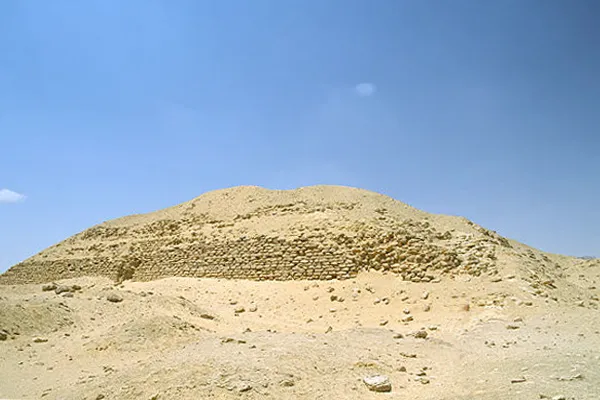The Enigmatic Khaba Pyramid: A Window into Early Egypt
The Khaba Pyramid, also known as the Layer Pyramid, stands as a captivating puzzle in Egypt’s archaeological landscape. Though incomplete, it offers valuable insights into the early development of pyramid construction during the Third Dynasty (around 2670 BC). Unlike its more famous cousins at Giza and Saqqara, the Khaba Pyramid remains shrouded in mystery, with its builder, Pharaoh Khaba, and its ultimate purpose unknown.
Get your dose of History via Email
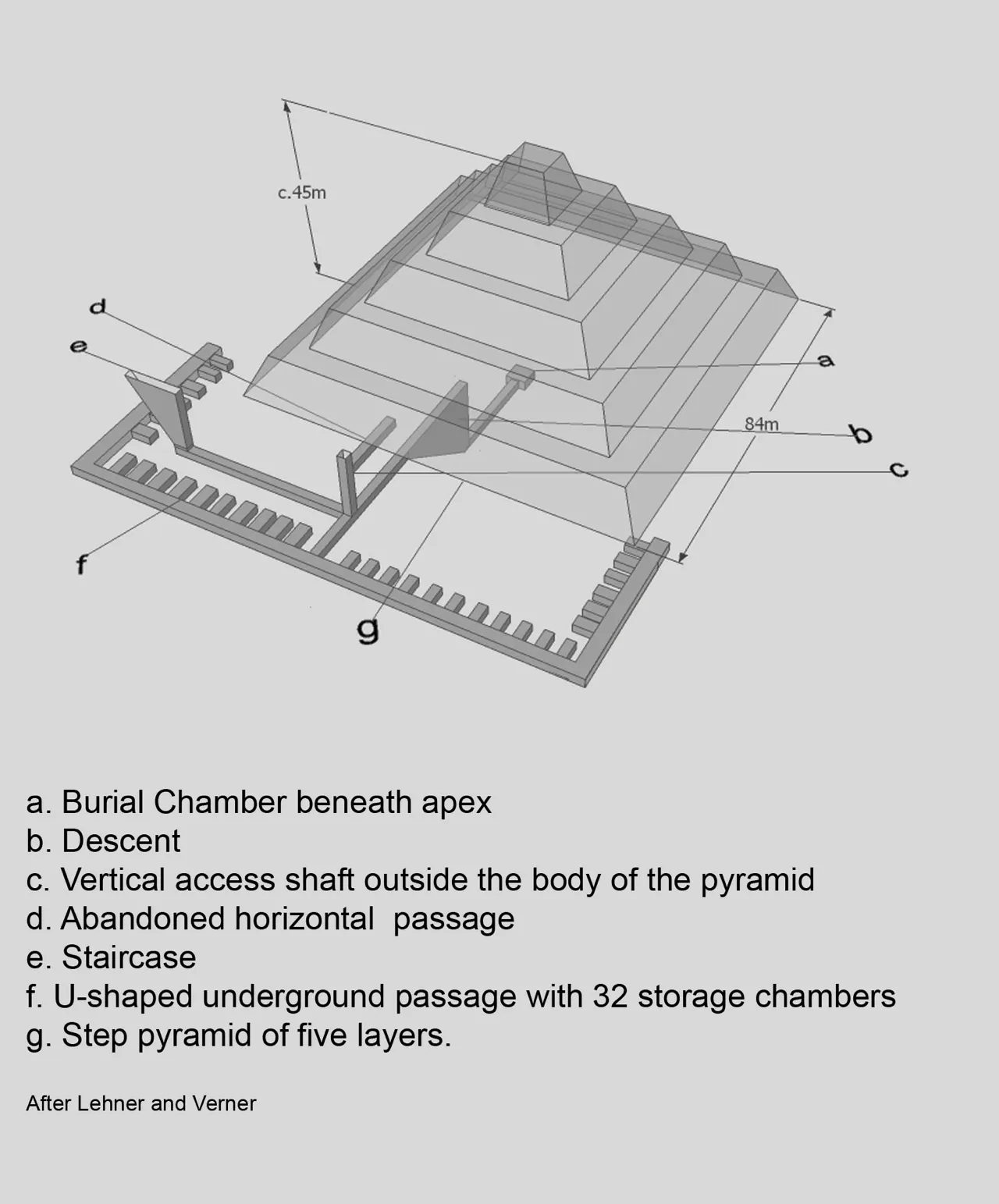
A Discovery and a Debate
Unearthed in the early 20th century, the Khaba Pyramid’s attribution to Pharaoh Khaba is based on nearby artifacts rather than definitive evidence. While Khaba’s reign is believed to be brief, the exact details remain obscure. There’s no clear proof the pyramid was ever used as a tomb, and its unfinished state leaves its intended size and design a matter of speculation.
Despite the lack of burials or historical events linked to the site, the Khaba Pyramid offers a glimpse into the funerary practices and architectural styles of its era. Interestingly, the site was inhabited by hermits during the Coptic period, hinting at a continued, though different, significance.
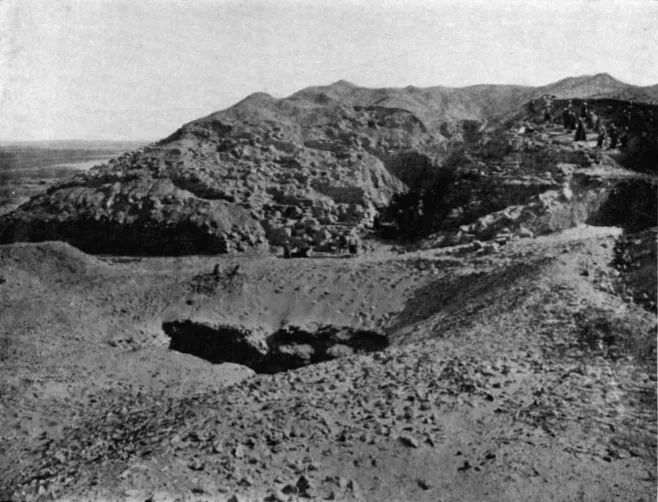
A Step Towards Majesty
Located south of Cairo at Zawyet el’Aryan, the Khaba Pyramid’s core is built with rough stones and clay mortar, originally encased in smooth Tura limestone. Designed as a step pyramid with six tiers, similar to Djoser’s Step Pyramid, construction only reached the first three levels. The base measures roughly 84 meters on each side, but its intended height remains a mystery.
The pyramid’s substructure is unique, featuring a surrounding trench and a network of underground chambers. The unfinished burial chamber, accessible through a sloping passage (a hallmark of later pyramids), hints at the project’s abrupt halt. Surrounding the pyramid are remnants of a complex, including an incomplete mortuary temple and a mudbrick enclosure wall.
Theories and Unanswered Questions
Several theories attempt to explain the Khaba Pyramid’s abandonment. One suggests construction ceased upon Pharaoh Khaba’s death, while another posits it may have been intended as a symbolic monument rather than a tomb. The lack of inscriptions adds to the enigma, leaving archaeologists to interpret the pyramid based on available evidence. Some believe it might have served as a cenotaph, a memorial structure.
Dating relies on pottery analysis and other methods, placing the pyramid within the Third Dynasty. However, the exact dates of Khaba’s reign are still debated. The purpose of the underground features, like the trench and galleries, remains a puzzle, with theories ranging from ceremonial use to drainage systems.
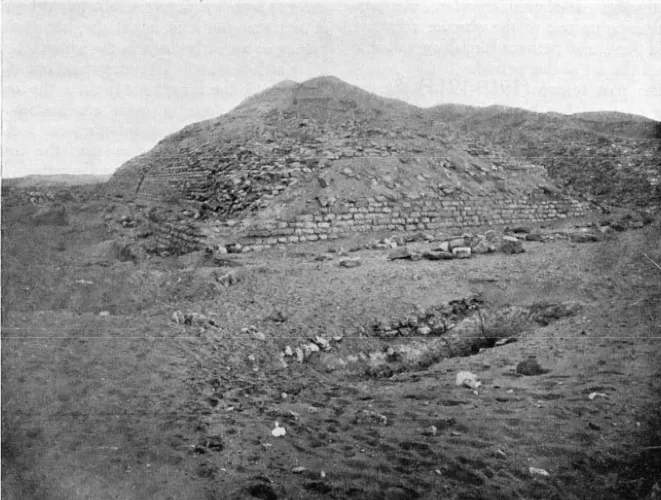
The unfinished state also sparks discussions about the political and economic climate of the time. Shifts in power or resource limitations could explain the halted construction. The Khaba Pyramid thus becomes a window into the broader societal context of early dynastic Egypt.
The Khaba Pyramid may not be a majestic giant like its Giza counterparts, but it stands as a testament to a crucial period in pyramid development. Its incompleteness and unanswered questions only fuel its intrigue, making it a fascinating subject for archaeologists and history buffs alike.
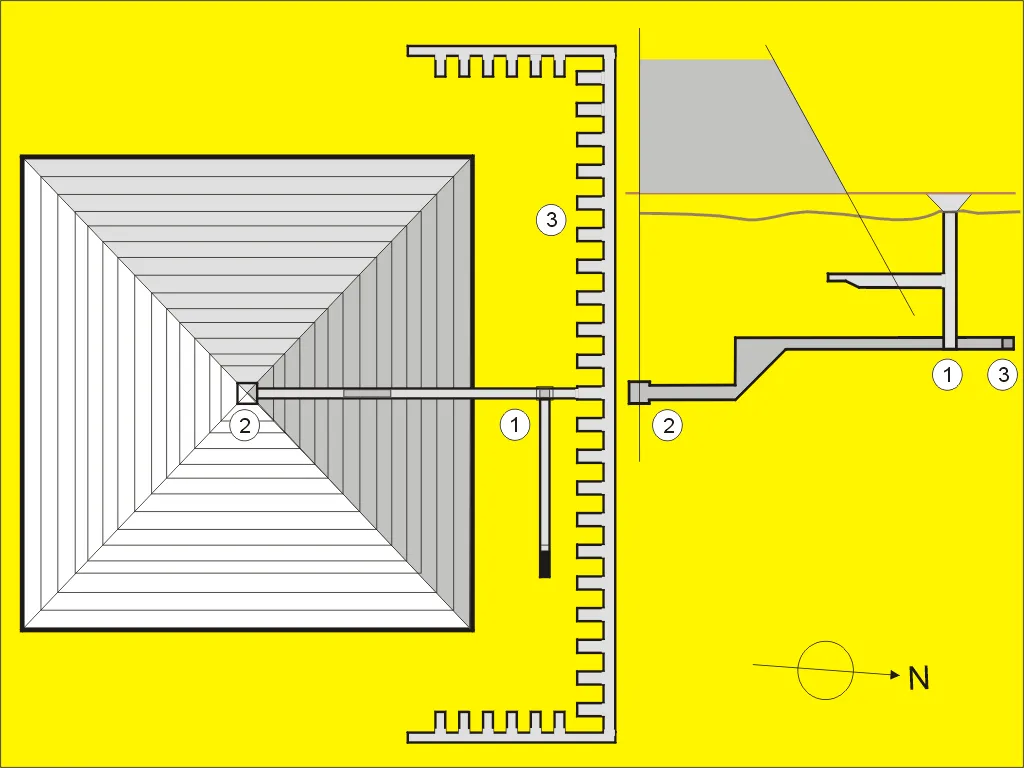
At a glance
Country: Egypt
Civilization: Ancient Egyptian, Third Dynasty
Age: Approximately 4,700 years old (circa 2670 BC)

